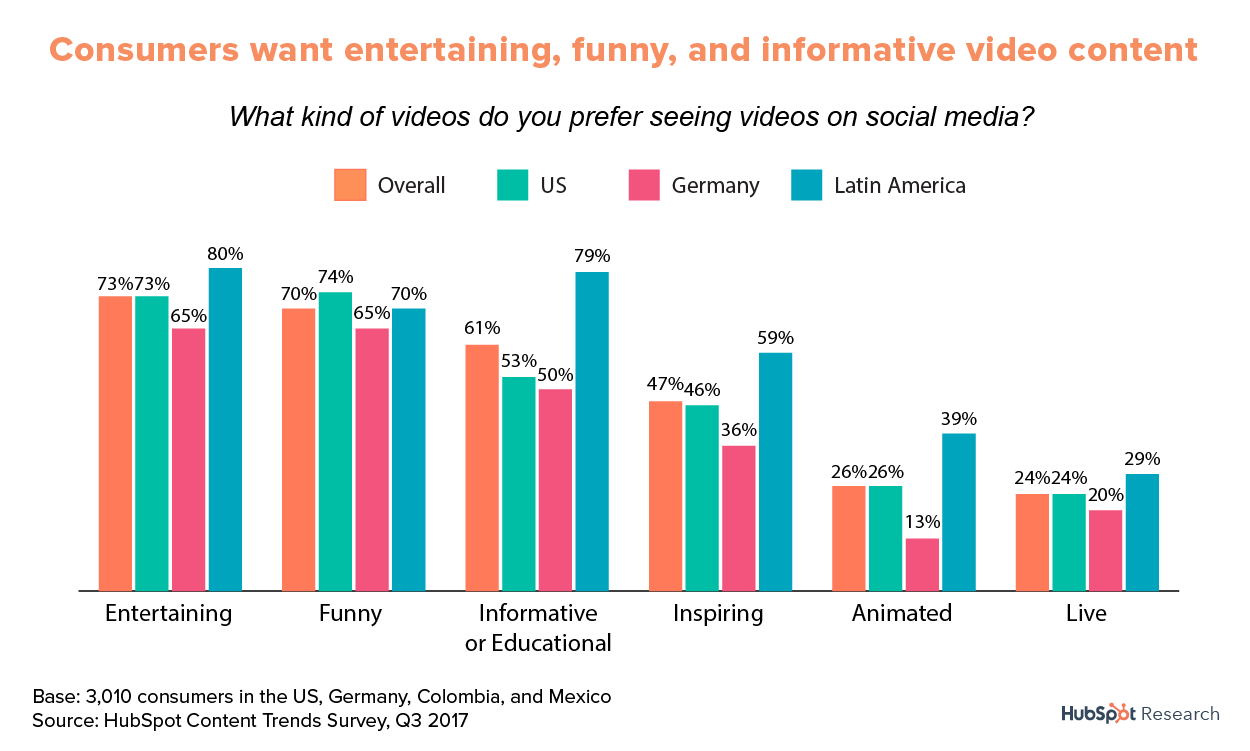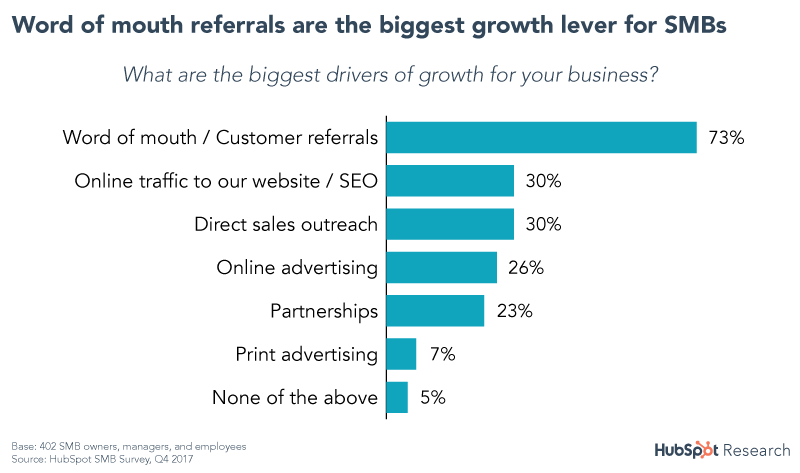Top 5 Inbound Marketing Tips to Improve HubSpot ROI
This article provides the most effective and actionable inbound marketing pro tips and advice to help improve your inbound marketing strategy and HubSpot investment in 2021.
According to HubSpot, Inbound marketing best practices produce 54% more leads than traditional outbound practices.
As we head into 2021, businesses without a solid inbound marketing strategy are struggling to find and nurture leads. More than ever, consumers are being buried in information. The work of marketers is now to ensure we deliver the right information to the right people at the right time. While many successful businesses have solid inbound marketing plans, there is always room for increasing the degree of ongoing conversion optimization experiments for optimal growth.
Below are 5 inbound marketing tips to help you make sure you are doing your best to reach, nurture, and sell new leads.
1. Do Your Homework
Before doing anything else, we need to make sure that we understand three things: our own business, our industry, and our customers. It all starts with us. We need to understand what business we are in, and where we are trying to take it. Take the time to review all of your metrics and KPIs to gain a full understanding of the specific inbound marketing goals you are trying to reach. Then, consider how you are going to get there by reviewing your conversion processes to ensure that they all align with your metrics and overall inbound strategy and inbound readiness.
Next, widen your review to your industry.
Have you analyzed ways your competitors have changed sales and marketing channels in a post-covid environment. This audit may be a time consuming process, but this is worth delegating or outsourcing. Is there anything we can learn from them? What post-covid forces and buying behaviors within your industry are changing the landscape and how might we need to adapt?
Finally, we need to know our customers. What are their pain points, and how are they changing? What problems do they have that we can solve? How are we addressing those pain points and problems?
No matter how long we have been in business, we need to remember that the post-covid buyer’s journey has forced traditional sales funnels to morph into the paradigm of customer-centric flywheel approach. This allows for improved referrals from happy customers, in some cases sharing helpful ways customers can get the most our of your product or service.
2. Master Content Framing
In inbound marketing, persona-driven content is king. To plan and implement an effective content marketing strategy, you need to publish useful, relevant, and excellent content and consistently high quality that actually speaks to pain points of your targeted buyer persona. An editorial content calendar is becoming an essential tool in the inbound marketing playbook.
Check out the free editorial content calendar template offered by HubSpot. This calendar can help you plan ahead in deciding when to post, how often to post, and what to post and lastly what channels to post on. Looking closer in your HubSpot reporting dashboard will help you find out the most effective times to post during the day that is most likely to drive larger engagement.
We also need to get creative about the types of content we create and distribute. While the blog post remains one of the most popular and effective means of sharing content, marketers who want to gain an advantage over the competition may want to consider adding video, podcasting, charts, infographics, and other content forms to reach more eyes and ears.
Once you have content, don’t settle for letting it sit on your website. Put it to work by publishing across multiple channels. You can spread the word on the usual social media sites such as Twitter and Facebook. Depending on your industry, you may also find success on additional sites such as Instagram, Snapchat, LinkedIn, and others.
3. Create Premium Content
While publicly available content is a great way to draw leads to your website, premium content is a way to turn anonymous visitors into qualified leads. Consumers will gladly exchange their contact information for content that directly addresses their question or need.
This type of content is more valuable and, therefore, it is more costly to create. So, it is crucial to think carefully about what kinds of premium content to offer. Whether it is a PDF, video, webinar, demo, or tools, be sure the value to the consumer is high enough to make them consider giving up their anonymity.
4. Nurture Good-Fit Leads
Our inbound marketing plans, no matter how effective, will stall if we don’t have a clear formula to nurture leads. From the moment we capture a lead’s information, every step is about qualifying and nurturing. It is essential to have a clear process of lead scoring in place to be sure that we are not investing resources on customers that are never likely to buy.
At the same time, we need to have a roadmap for leading high-quality leads through the buyer journey. This includes finding the right message for each stage, developing appropriate timing for follow up and maintaining well-segmented email lists for automating the process as much as possible.
5. Optimize Search
Dozens of components go into outranking competitors. In the contest of B2B SEO strategies, if we focus this point on quality and helpfulness of content, start by looking at all the blog posts that rank on page one of Google search and start looking for commonalities, thus finding weaknesses in content gaps you can fill to add value.
For instance, are they all blog posts? If so, how long are the posts? If the blog posts ranking in the top 3 are all over 1,000 words words, then you need to create something better, not longer, but better so you add more value. This will heavily influence not just rankings, but your bounce rate. Quality SEO should be a given in an inbound marketing strategy. However, it is worth mentioning since, without it, a lot, your hard work will be wasted. If consumers can’t find you on the web, your inbound strategy will fail. Ideally, your pillar blog posts should be over 2,000 words
Don’t forget the basics like including your keywords in all the right places, including the header, page text, URL, meta description, image file names, and alt tags. More tactics are included in the following video by Brian Dean from Backlinko that you can quickly implement into your own SEO campaign today.






